I am working with STM32 micro-controllers. These micro-controllers have the option to set the input pin as pull up or pull down:
Earlier I used to give external pull up or pull down resistor wherever required but now I am wondering whether I can do away with external components and use the pull down feature of the micro-controller itself.
Will that be a good thing to do?
Is there some use case where I should take extra precaution or not use this feature at all?


